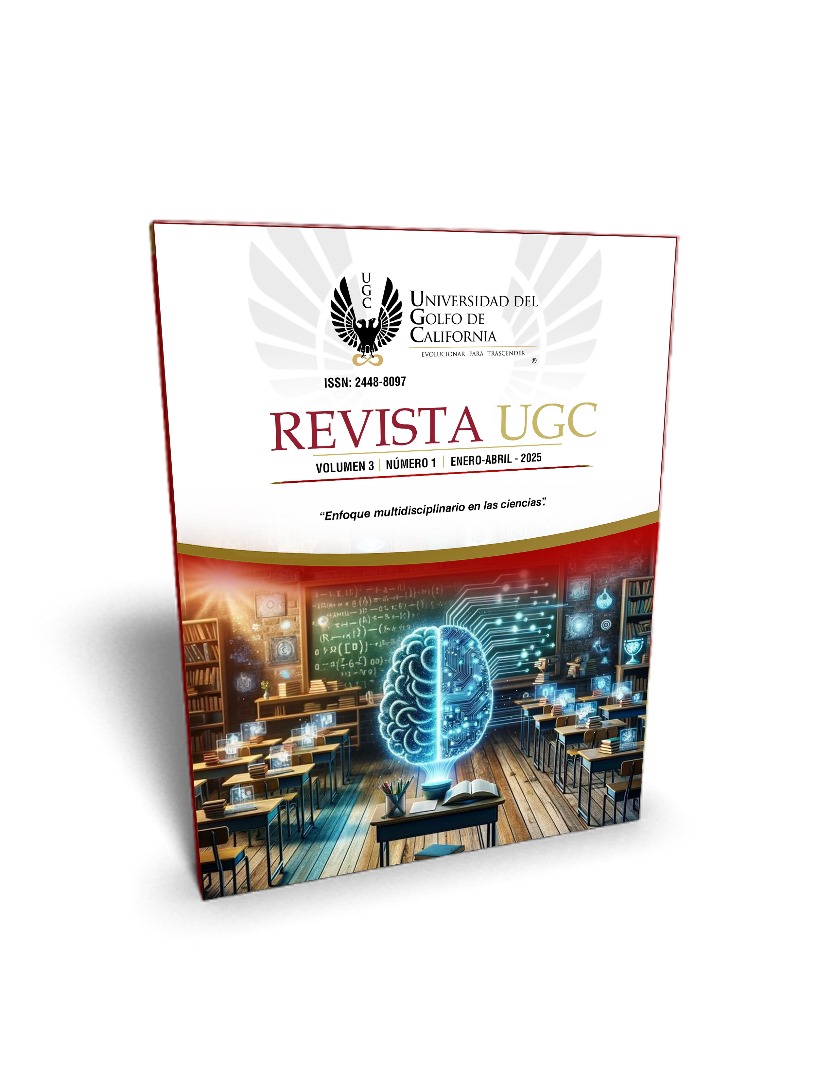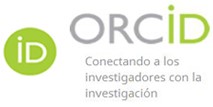Red wine industry in Mexico. The economic impact of the Red Wine Route in Valle de Guadalupe
Keywords:
Red wine, tourism, economic impactAbstract
The red wine industry currently maintains a growth and importance due to its large-scale marketing, innovation, and technology. The traditional nations where wine is produced, France, Italy, Spain, or Chile and other regions such as Napa and Sonoma in California, USA, have a privileged climate, soil, and humidity conditions. These geographical areas have been joined by other regions with similar characteristics, identified by the strong presence of production houses, the quality of their wine products and the breadth of growing markets. This is the case of Valle de Guadalupe, Baja California, Mexico, known as -The Mexican Wine Route-, which is positioned as a worldwide wine and tourism reference region.
Downloads
References
Callizo, J. (1991). Aproximación a la geografía del turismo. Síntesis.
Centro de Investigación y Asistencia en Tecnología y Diseño del Estado de Jalisco. (2022). La Industria Vitivinícola Mexicana, en el siglo XXI: Retos económicos, ambientales y sociales. CIATEJ.
Consejo Mexicano Vitivinícola. (2024). Uva y vino. https://uvayvino.org.mx/
Contreras, C., & Ortega, I. (2005). Bebidas y regiones. Historia e impacto de la cultura etílica en México. Plaza y Valdéz.
Gobierno de México. (2023). Producción agrícola. https://www.gob.mx/siap/acciones-y-programas/produccion-agricola-33119
Hernández, L. (2023). Vinos y vitivinícolas de Baja California. Vinitácora.
International, 9(4), 307-332. https://www.ingentaconnect.com/content/cog/tri/2006/00000009/00000004/art00002;jsessionid=6f6i3pe7j6c8d.x-ic-live-02
Meraz, L., & Maldonado, S. (2016). Influence of the supply of wine tourism activities on the competitiveness of SMEs in Valle de Guadalupe, Mexico. Revista Global de Negocios, 4(1), 47-59. https://ideas.repec.org/a/ibf/rgnego/v4y2016i1p47-59.html
México. Fondo Nacional para el Desarrollo del Turismo. (2008). Programa Sectorial de Desarrollo Urbano de Ensenada, B. C. SECTUR. https://www.dof.gob.mx/nota_detalle.php?codigo=5028631&fecha=18/01/2008#gsc.tab=0
México. Instituto Nacional de Estadística y Geografía. (2024). Indicadores de actividad turística. https;//www.inego.org.mx/temas/itat/
México. Secretaría de Turismo. (2022). Catálogo de productos y rutas enoturísticas de Mexico. SECTUR.
Millan, G., Morales, E., & Castro, M. (2024). Turismo del vino: Una aproximación a las buenas prácticas. TURyDES, 5(12). https://www.eumed.net/rev/turydes/12/tff.pdf
Mitchell, R., & Hall, M. (2006). Wine Tourism Research: The State of Play. Tourism Review
Orús, A. (2024). El enoturismo en el Mundo- Datos estadísticos. https://es.statista.com/temas/9763/el-enoturismo-en-el-mundo/#topicOverview
Quiñónez Ramírez, J., Bringas Rábago, N., & Barrios Prieto, C. (2018). La Ruta del Vino de Baja California. https://www.cultura.gob.mx/turismocultural/cuadernos/pdf18/articulo8.pdf
Ravenscroft, N., & Van Westering, J. (2001). Wine Tourism, Culture and the Everyday: A Theoretical Note. Tourism and Hospitality Research, 3(2), 149-162. https://www.jstor.org/stable/23746722
Uncork Mexico. (2023). Descubre las Regiones Vinícolas de México. https://uncorkmexico.com/es/blog/regiones-vinicolas-mexico/
United Nations World Tourism Organization. (2024). Global Conference on Wine Tourism. https://webunwto.s3.eu-west-1.amazonaws.com/s3fs-public/2021-09/Conclusions_SC_UNWTO.pdf?QNnzGUmw49TQhR3KDis5X0tn3a5vZI5k=
Zárate, R. E., & Barragán, R. V. (2018). Desarrollo de la oferta turística en la Ruta del Vino de Baja California (México). Sotavento MBA, 31, 80-91. DOI: http://dx.doi.org/10.18601/01233734.n31.08
Downloads
Published
How to Cite
Issue
Section
License
Copyright (c) 2025 Roberto Moreno-Ortiz

This work is licensed under a Creative Commons Attribution-NonCommercial 4.0 International License.
Los autores conservan los derechos de autor, garantizando a la Revista el derecho a la primera publicación del trabajo. Los autores ceden a la Revista los derechos de explotación de la obra autorizándola a la distribución y comunicación pública con fines no comerciales. Los autores conservan los derechos morales sobre la obra publicada. Los derechos patrimoniales le corresponden a la Revista.






